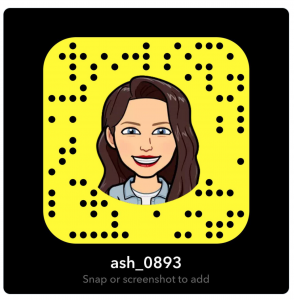Editorial credit: XanderSt / Shutterstock.com
By Tate Dye
Source: newslab.org, February 2020
Snapchat is not just for kids anymore. Ashley Remkus is a crime reporter for AL.com, Alabama’s media group that publishes the state’s three major newspapers. On top of covering crime and safety in the Huntsville area, Remkus is also the “Snapchat guru” for the group.
 The Snapchat team reached out to Advance Local, AL.com’s parent company, offering beta accounts to reporters in an effort to reach different audiences. Because of Remkus’ success with the app, the Snapchat team granted her a verified account on the platform.
The Snapchat team reached out to Advance Local, AL.com’s parent company, offering beta accounts to reporters in an effort to reach different audiences. Because of Remkus’ success with the app, the Snapchat team granted her a verified account on the platform.
Though AL.com has not yet shifted to daily use of Snapchat for news dispersion, Remkus uses her account to establish a personal brand and a stronger connection with her viewers.
“We can reach an audience on Snapchat that we don’t have elsewhere,” she said in a recent interview. “These are people who, outside of Snapchat, may not have any idea what is going on in the news.”
With this beta account, Remkus has access to data analytics. She says that her audience ranges in age from 25 to 34. Though Snapchat is typically associated with a younger generation, this information shows that teenagers are not the only audience using Snapchat for data consumption.
Remkus touched on the importance of connecting with younger audiences: “These are the leaders of tomorrow,” she said. “This is how we can draw them into our news coverage.”
Reporters rely on photo and video content to send messages to their audiences. “Snapchat is such a visual platform,” said Remkus, “so it is important to use it only when you are covering stories with something to see.”
Remkus says another reporting essential is to know the target audience, especially when reporting local news: “I have been able to get involved with the community because of the connections we make over social media.”
If reporters want to reach a wider audience beyond their Snapchat followers, Remkus suggests saving the visual content from Snapchat and uploading it to Twitter.
“With video reporting, people like to see things that they would not otherwise be able to see. With Snapchat, my audience gets an unedited backdoor view of what I do in real-time.”
“Audiences still enjoy feeling a connection to the news. It is our job as reporters both to humanize our subjects and to connect with our audiences,” said Remkus. “Use social media to your advantage and connect with your audience through your reporting.”

